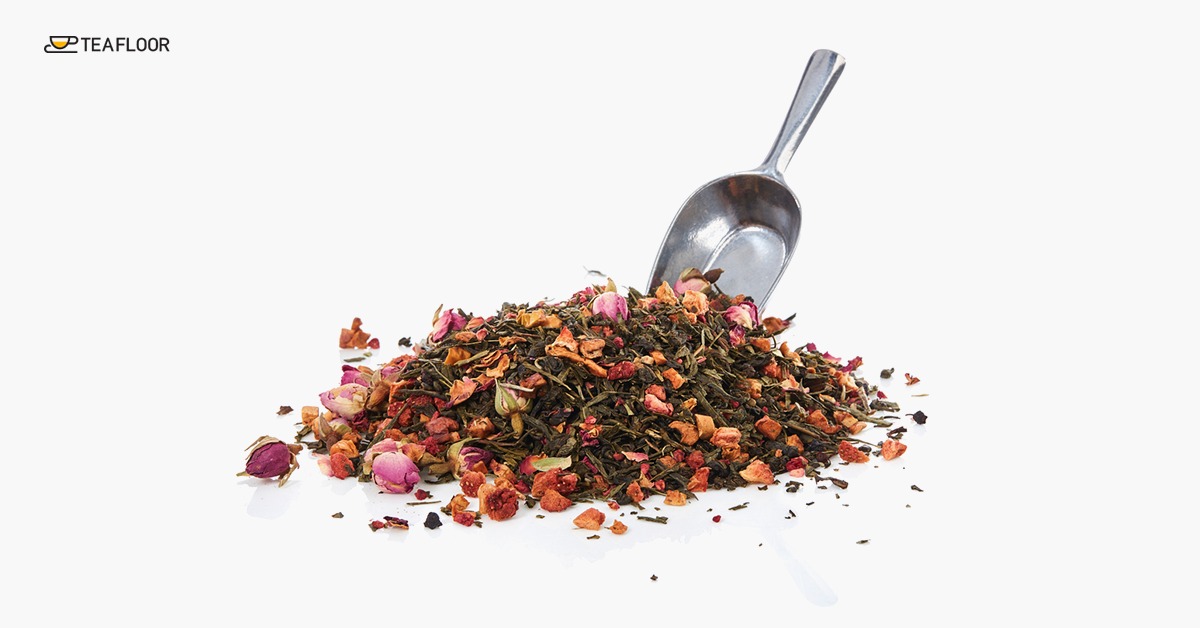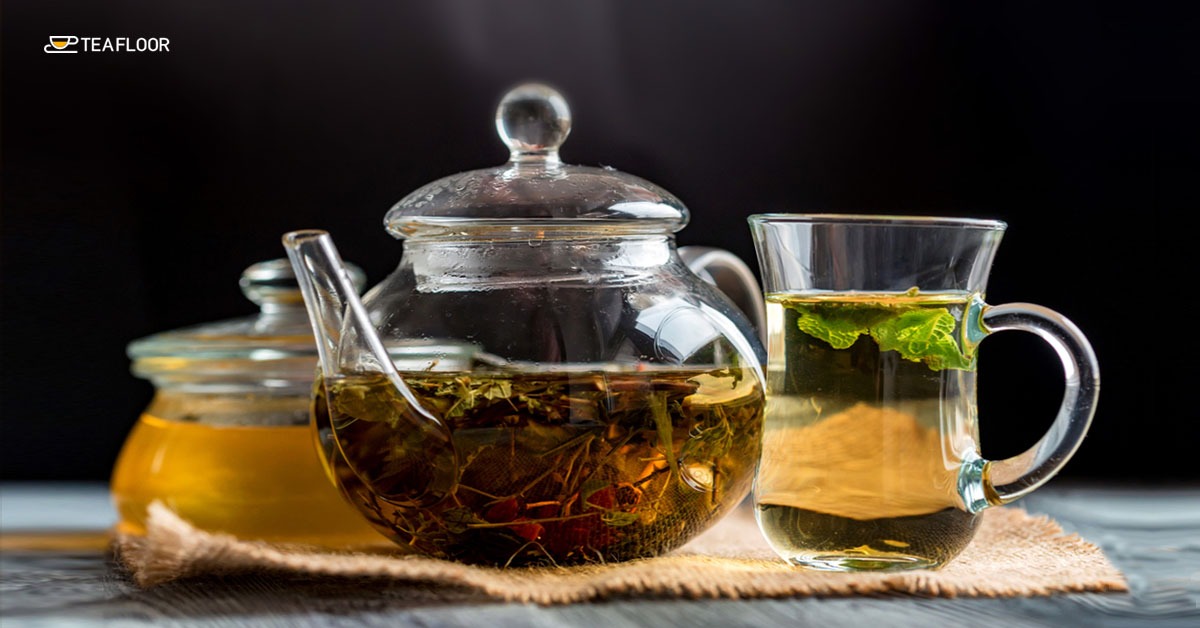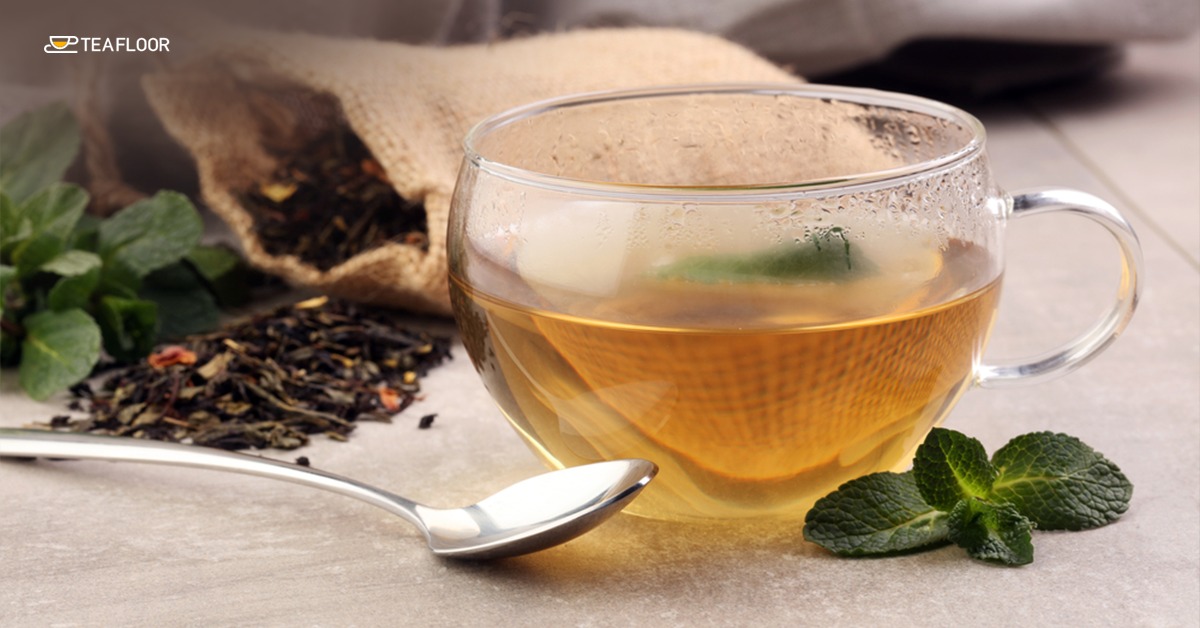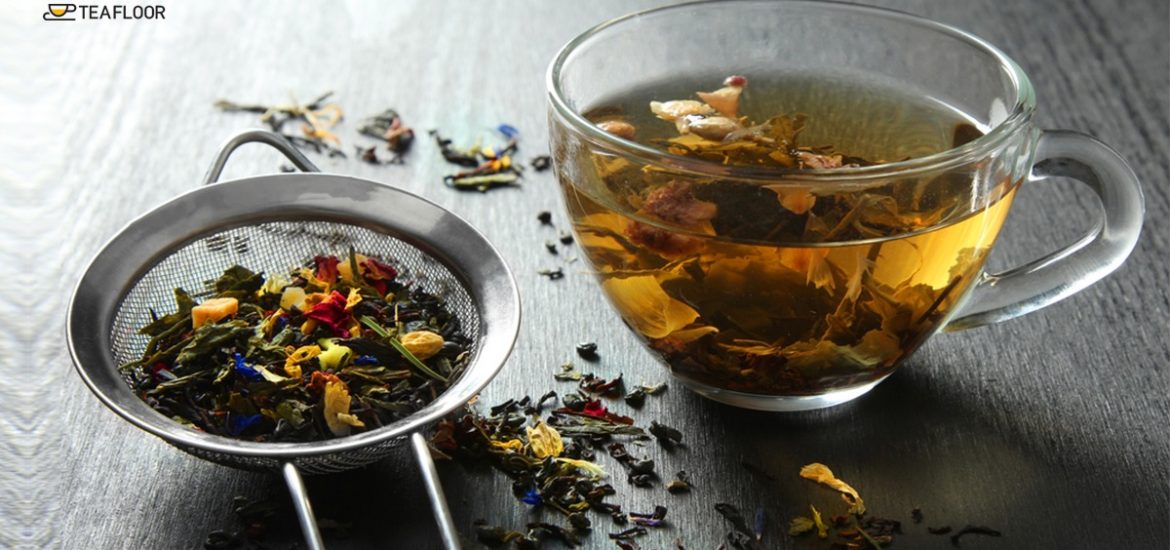The amalgamation of Herbal and Tea Industries:
Thanks to the internet and various social media platforms, a large segment of society is reasonably aware of the enormous health benefits associated with ancient Indian ayurvedic herbs.
Also, they understand that most of the common herbs have no or little side effects, and any little side effects are far outweighed in relation to the potential health benefits.
Simultaneously, people are becoming more and more aware of the serious side effects associated with the long-term usage of allopathic medicines.
Green tea has existed in China and other countries for centuries. With a long list of health benefits of Green tea, one would wonder what took it so long to reach India! Possibly, this awareness had a positive correlation with the growth of Social Media platforms. The other premium varieties like Oolong and White teas are still less known to people.
While the awareness towards Green tea increased significantly over the past 3-4 years, the acceptance still remained at a low level due to its bitter taste.
The amalgamation of Green tea and herbs offered new opportunities to both the herbal and tea industries. Herbal companies didn’t know about tea, and tea companies didn’t know about herbs.
Both these sets of companies were slow to innovation and lacked agility. Therefore, a new set of entrepreneurs/start-ups sensed a business opportunity to leverage combined herbal health benefits by blending herbs with teas.

The blending of herbs with tea offered multiple advantages to both tea and herbal industries:
• These blends are made targeting specific health themes as per the need of society.
• Bitter taste of Green tea is suppressed by herbal taste. In fact, certain herbs make the tea taste quite pleasant.
• Herbal medicines in traditional form like capsules, tablets, and syrup are typically consumed with a feeling of being patient, and people stop taking these as soon as they recover from the ailment. In the form of herbal tea, provided it is reasonably tasty, people don’t mind accepting these herbal teas as part of their regular lifestyle after recovery.
• With warm/hot water as the media, the absorption of herbs in the form of herbal tea is better in the body. Also, unlike tablets and capsules, the absorption of herbs starts right from when tea goes from mouth to throat and further down in the body.
Categories of Herbal Teas:
The herbal teas can be divided into two segments:
• Wellness segment covers basic health themes like detoxification, immunity system, slimming, relaxation, refreshing, digestion, metabolism, etc.
• Illness segment covers chronic issues like diabetes, high BP, Uric acid, Joint Pain, Acidity, Blood purification, Thyroid, Cancer, etc.
As part of their first introduction to herbal teas, most people look for tea for detoxification and slimming. While Oolong tea and Garcinia Cambogia are directly associated with weight reduction, detoxification is a generic concept for various body parts, leading to the usage of a wide range of herbs.
Detox teas currently available in the market vary a lot in terms of their formulation. Human psychology also plays a role as people tend to get more convinced about the efficacy of the blend by the number of herbs used in the formulation. Blending 10-20 herbs in a formulation has become a common practice.
Combo packs of detox teas for the morning, afternoon, and late evening are also becoming popular. In addition to the common theme of detoxification and slimming, these variants have additional themes.
For example, Detox-Morning focuses on refreshing/energizing and power. Detox-Afternoon focuses more on digestion, whereas Detox-Evening includes certain herbs for relaxation.
As people graduate to the next level, they look for teas for their specific health needs. This segment is still taking up a shape.
While most people in India related only Green Tea to health, Black orthodox tea without milk is also quite healthy, and tasty too. Black tea-based blends are more accepted in countries like the USA, Canada, etc.

Quality aspects:
As this is a relatively new product segment, the customers are not able to understand and appreciate inherent quality aspects! They accept herbal teas as long as teas have aesthetic appeal and acceptable taste. Suppliers are taking advantage of the same, and often compromise the quality aspects to keep the costs low.
The origin of herbs, production practices, and the process of drying, storage, cutting, and sterilization play an important in the quality of herbs. Organically produced herbs in pollution and dust-free Himalayan region are far better than the herbs produced in plain regions.
Herbs can be sun and/or shade-dried or machine dried. As most herbs are seasonal, long-term cold storage at the appropriate temperatures becomes a need. Herbs need to be cut in different sizes based on the target product.
Conventional teabags require TBC sie(1-2mm), pyramid teabags require 3-6mm, and loose tea pack requires 5-12 mm cut to size. Powdered herbs are not good for consumption, and also spoil the aesthetic appeal. Pulverization or multiple rounds of cutting result in loss of aroma.
Sterilization of herbs is also important to stop any bacterial growth. Certain herbs like Chamomile, Mint, Peppermint, Tulsi, etc are quite susceptible to catching insects. There are multiple sterilization processes e.g. Steam, Gas (Ethylene Dioxide), Gamma rays, Microwave, etc.
On the other hand, tea has its own quality factors:
• Whole leaf teas are better in comparison to broken leaf, fanning, and dust. Whole leaf tea leaves require a lot of space for expansion and therefore come in loose packs or pyramid-shaped tea bags. Conventional teabags have tea fanning/dust which is relatively poor in quality.
• Darjeeling teas have the best aroma, whereas Assam teas are strong in taste.
• First Flush teas produced during March-April have the best aroma. Second Flush teas produced during May before monsoon are strong in taste, and have a good aroma. The quality goes down after the monsoon.
• A good quality of tea would have only top bud and two leaves of the plant, termed as ‘Premium Pluck’.
Herbs and teas have different brewing parameters. Herbs are typically brewed at 99 degrees C for 5 minutes, whereas Green tea is brewed at 80 degrees C for 2 minutes. Blending experts overcome this issue by managing the ratio of tea and herbal ingredients and also use some dominating herbs to suppress the bitterness of Green tea.
Premixes:
Premixes are blends of extracts of tea, spices, fruit, and herbs in solid powder form that get dissolved in hot or cold water. These offer convenience to make a hot or cold drink, and therefore, have gained a lot of popularity in offices.
From a quality and health perspective, natural herbal teas are far superior to premixes as the extraction process results in loss of natural aroma and original properties.
Selling Channels:
Various selling channels are:
• E-Retail: Online selling is a big enabler, particularly for specific health solutions. Amazon/Flipkart provides a relatively large volume at a low margin. The promotion of its own website takes a long time to capture traffic.
• Traditional stores/supermarkets keep only limited varieties of wellness teas as their shelf cost is quite high.
• Multi-Level marketing (MLM) is a good platform for herbal teas as agents have a good story to approach customers.
• Hotel/Restaurants/Cafes (Horeca) have limited potential for herbal teas. Customers prefer to use herbal teas at home, and experiment with other fruit and flower flavored teas in cafes.
• Institutional sale is limited to basic varieties of cost-effective herbal teabags.
• Nutritionists, Dieticians offer a good channel as they have a readymade customer base.

Constraints faced by Herbal Tea Industry:
As this industry is primarily driven by start-ups, they often face capital constraints. While people prefer the convenience of tea bags, it becomes difficult for companies to come up with too many varieties of teabags.
Each variety of teabag requires an initial investment in the order of Rs 2 lakh, which becomes a significant amount during the experimentation phase.
Managing various sales channels also requires people with different skill sets. Attracting and retaining such talent is often difficult for start-ups.
The regulatory framework by multiple government bodies also overlaps in certain areas causing confusion and overheads.
Future trends:
To succeed, a company needs to continuously focus on future trends. The following trends are likely to define the growth of the herbal tea segment over the next decade:
1. Herbal-Milk tea: 95% of people in India consume milk tea and are likely to continue to do so. As soon as the milk is added to tea, all the health benefits associated with tea are lost. However, herbs could still be added to milk tea to make it a healthier option. Baidyanath (Kapiva) has come up with a set of such teas.
2. Make your own herbal tea: People are likely to choose herbs for their specific health needs and request herbal tea manufacturers to make a suitable tasty blend incorporating those herbs.
3. Use of unique herbs: There are unique herbs produced in remote regions whose knowledge is limited to locals/tribes in those regions. The Discovery and production of such herbs would get more and more institutionalized, and incorporated in the herbal tea industry.

I’m a Blogger, always ready to explore new things. Starting from Technology to Seo, webiners etc. Driving more and more traffic to our website is my passion.
